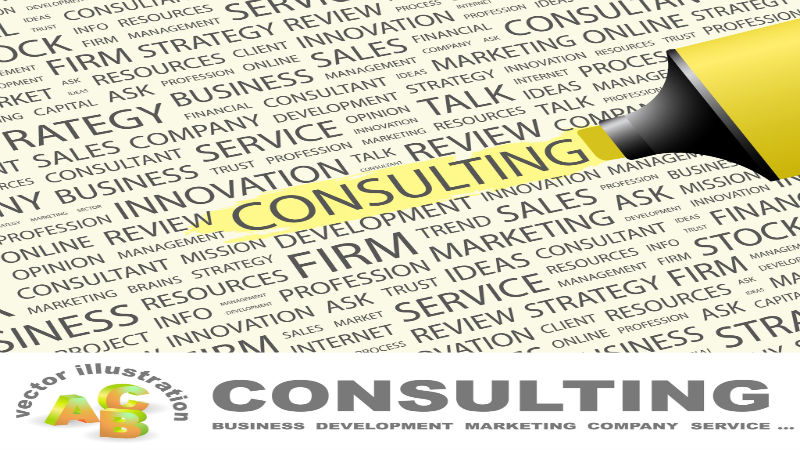On April 12, a Starbucks manager in Philadelphia called the police on two black men. The following arrest and outrage that followed forced the coffee giant to apologize and close its’ more than 8,000 stores to provide racial bias training for its employees, Daily News says.
Diversity education
That’s just one example of how things can go wrong when there’s a lack of unconscious bias training. A form of diversity education, this is well-recognized as a popular approach to reducing racial discrimination, making it a must for businesses everywhere.
Biases affect behavior
People grow up with belief systems and prejudices. These shape the way we think and behave, often without any intent, awareness or control. By providing employees with unconscious bias training, companies can teach their staff to be fully aware of these biases. Knowledge and awareness can help stop biases from impacting the workplace.
Policies matter
Training is not enough, though. While providing diversity training to employees will help, it’s not going to solve the problem all on its own, if the training isn’t reflected in the company’s policies. With more than sixty-seven percent of applicants wanting to join a diverse team, companies that want to get the best people on board will need to offer an incentive. In a tight labor market, where the search for highly-qualified talents counts, providing a diverse workplace environment can help your business stand out from the rest and get the best people to join your team.
Inclusive culture helps
Diversity training must also be backed up by an inclusive culture. As more and more companies start to recognize the value of training to overcome bias, there’s a need to make sure your company culture is inclusive. Any biases must be proactively dealt with. Done right and with the help of a diversity training provider, along with an inclusion strategy, companies can improve brand perception and talent acquisition.


